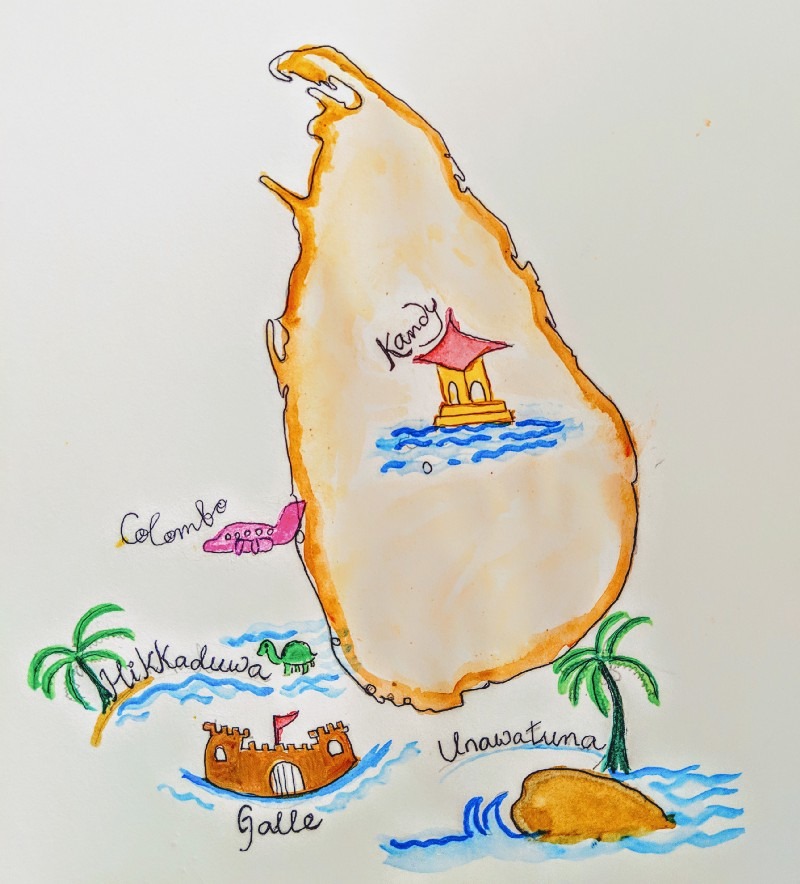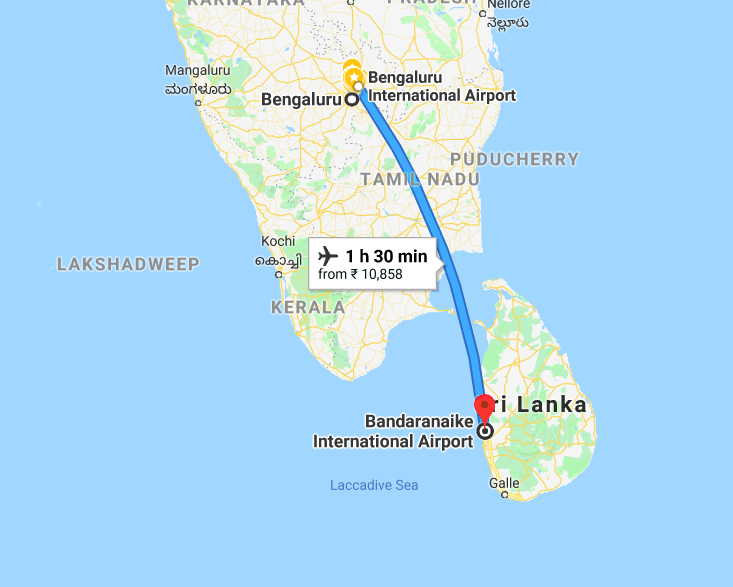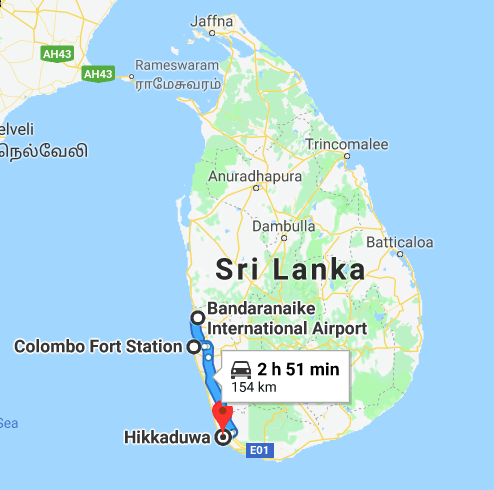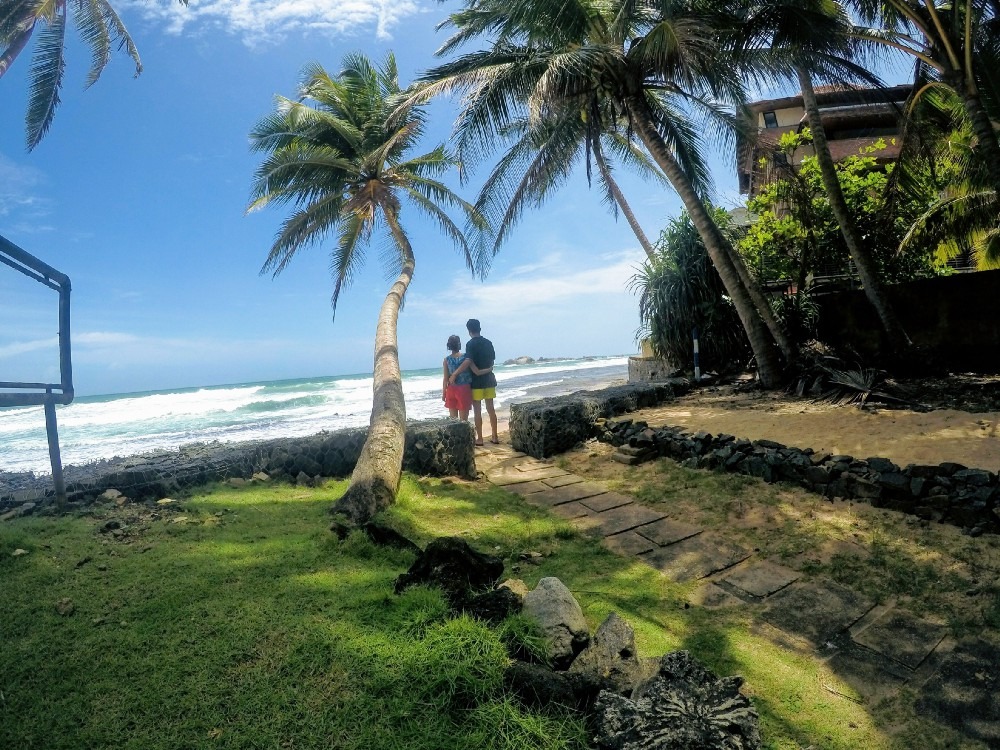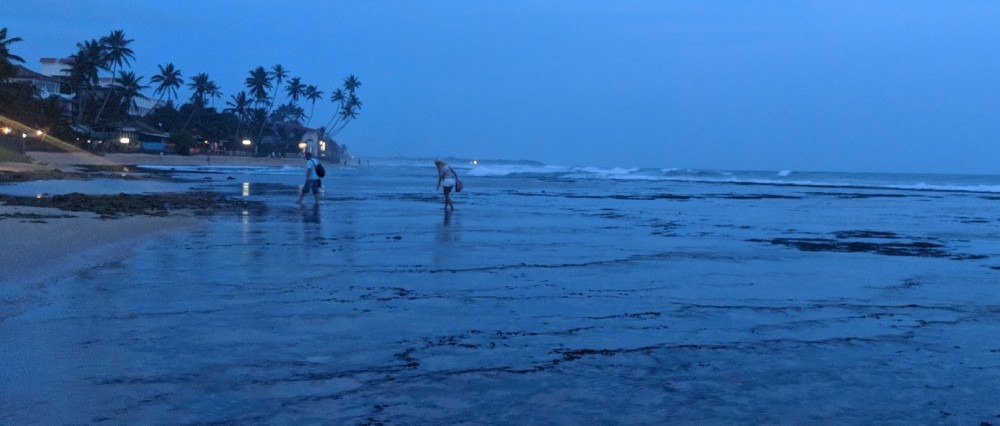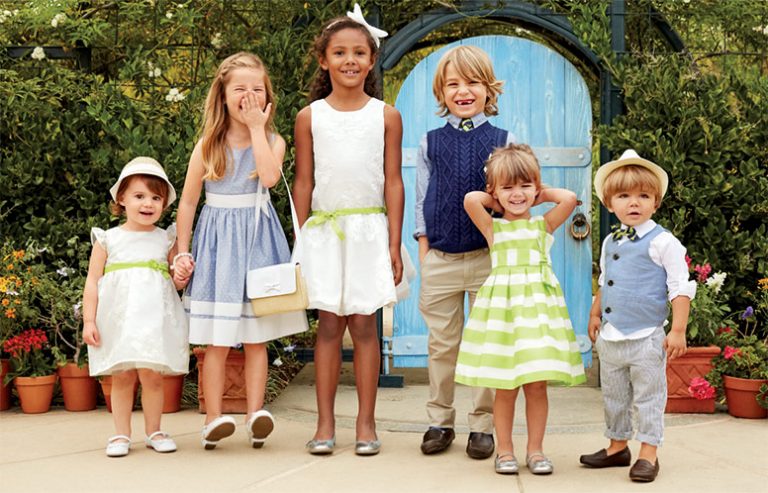By : Shoubhik Bose
Shoubhik is a senior engineer in his late 20s, working for a leading softare company in Bangalore. He loves to blog about tech and travel when is not at work.
Planning The Trip — The 5 Towns
- Sri Lanka is known for its beaches, the colonial architecture, the Eurasian population and the Buddhist relics. We chose 2 beach towns — Hikkaduwa and Unawatuna, one fort of the colonial era— The Galle fort, one hill station with Buddhist relics — Kandy and one big city to unwind at the end of the trip — Colombo.
- One needs to fill an online form with ticket details — which makes one eligible for a visa-on-arrival.
- We had planned an itinerary of 10 days — Round-trip tickets were about 10,000 INR per person.
- We followed our usual thumb-rule, if the commute to a town takes more than 6 hours, then we stay there for at least for two nights.
- It’s easy to book inter-city transport while in Sri Lanka.
Touchdown — Bangalore to Colombo
Mobile & Internet connectivity
Before leaving India we had read up that Mobitel is a good and reliable service , so we went for it. We bought a 1-month validity plan with 8GB of 4G data and Rs 300 talk time, right after immigration near the exit. The service turned out to very reliable with an amazing data speed and signal reception everywhere including the tunnels on the way to Kandy
The town of Hikkaduwa, Southern Province
We took a privately-run air-conditioned bus from Colombo Airport to the city and hopped on to another intercity government-run bus which drove us along the coastline, to Hikkaduwa, in about 3 hours.
Stay
Our AirBnB was situated close to the main bus station of Hikkaduwa and right beside the beach. We were in constant touch with our host to ensure we got off at the right bus stop in this land we were
gradually getting accustomed to.
The Coral Reef
The main reef itself is a typical fringing coral reef with a shallow crest and in a sheltered lagoon with an average depth of less than 2m. The reef begins close to the fishing harbour and extends south around 4km.
Historically, the reef was famous for its colourful branching and table corals until 1998, when a rise in seawater temperature during an El Niño event resulted in a massive damage to the corals at Hikkaduwa and throughout the Indian Ocean.
The giant sea turles
Hikkaduwa is famous for the giant sea turtles that show up at the near the reef in the morning and evening — they are very sociable as people feed them with sea weeds 😉
The reef Sharks
This non-aggressive species seems to be quite accepting of humans in the water — especially with me trying hard to catch its movements underwater.

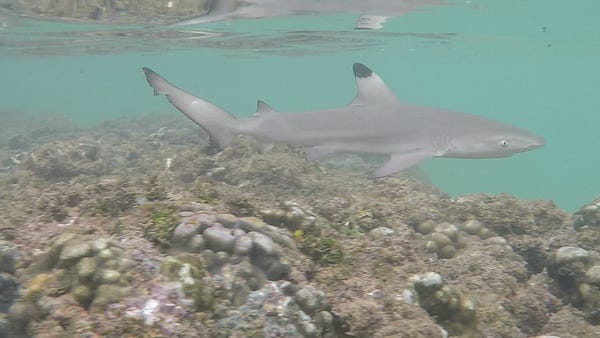
Food — The Sri Lankan Roti & Sambol
Apart from the typical South Asian food, we were introduced to the special Roti made out of grated coconut.
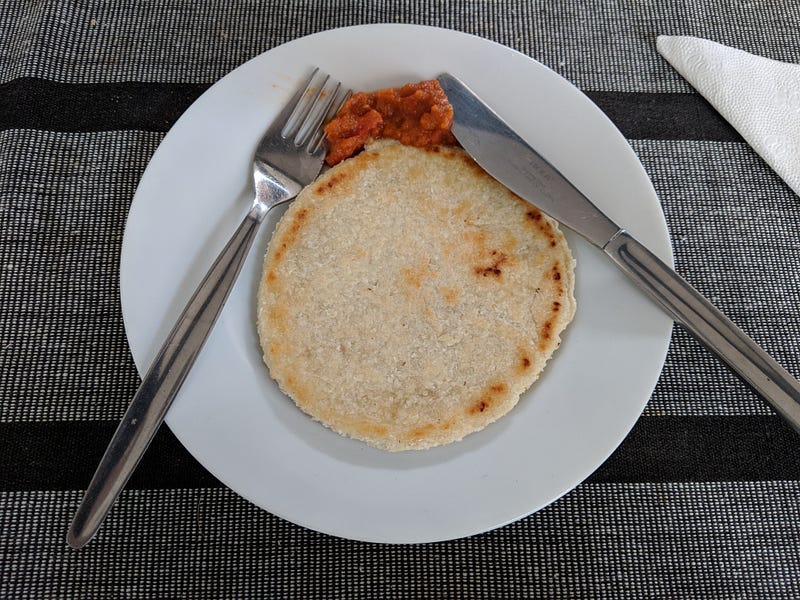
The Dutch Galle Fort, the Bay of Galle
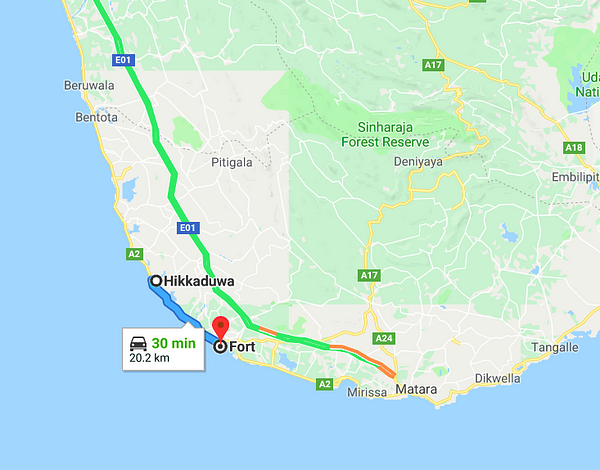
We took a “tuk-tuk” to our AirBnB which was ‘inside’ Galle Fort.
Initially built in 1588 by the Portugese, extensive fortification was done by the Dutch East Indian Company in the 1600s.
This could have been the seat of power for Sri Lanka today, had the British not developed Colombo as the capital.
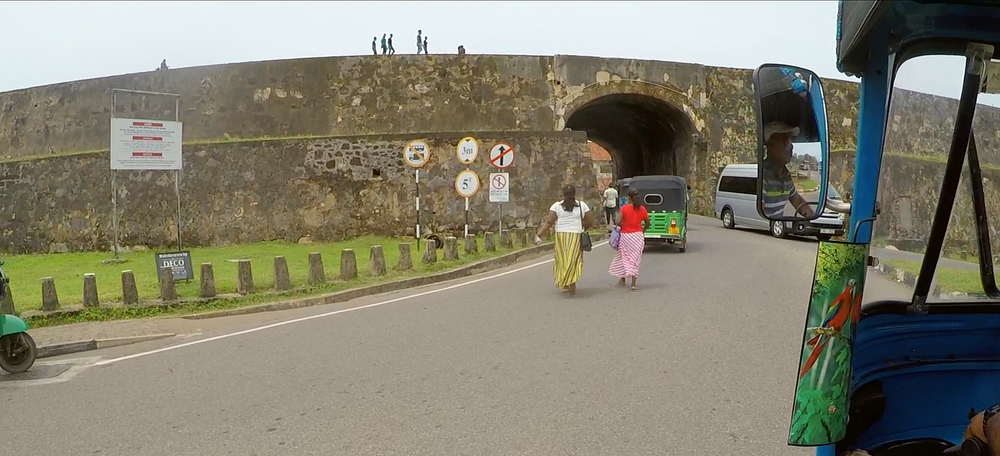
Our stay inside the Galle Fort
We were hosted by a family of 4, who had colorfully decorated their house, for a night. Interestingly, a lot of shops, art galleries, restaurants and hotels inside the Galle Fort are co-owned by Europeans and the Sri Lankans who are committed to keeping the colorful multi-cultural ecosystem thriving.

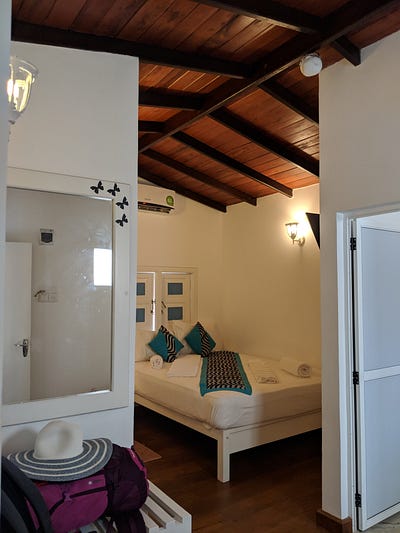
UNESCO World Heritage Site
The site has been inscribed as a cultural heritage UNESCO World Heritage Siteunder criteria iv, for its unique exposition of “an urban ensemble which illustrates the interaction of European architecture and South Asian traditions from the 16th to the 19th centuries.
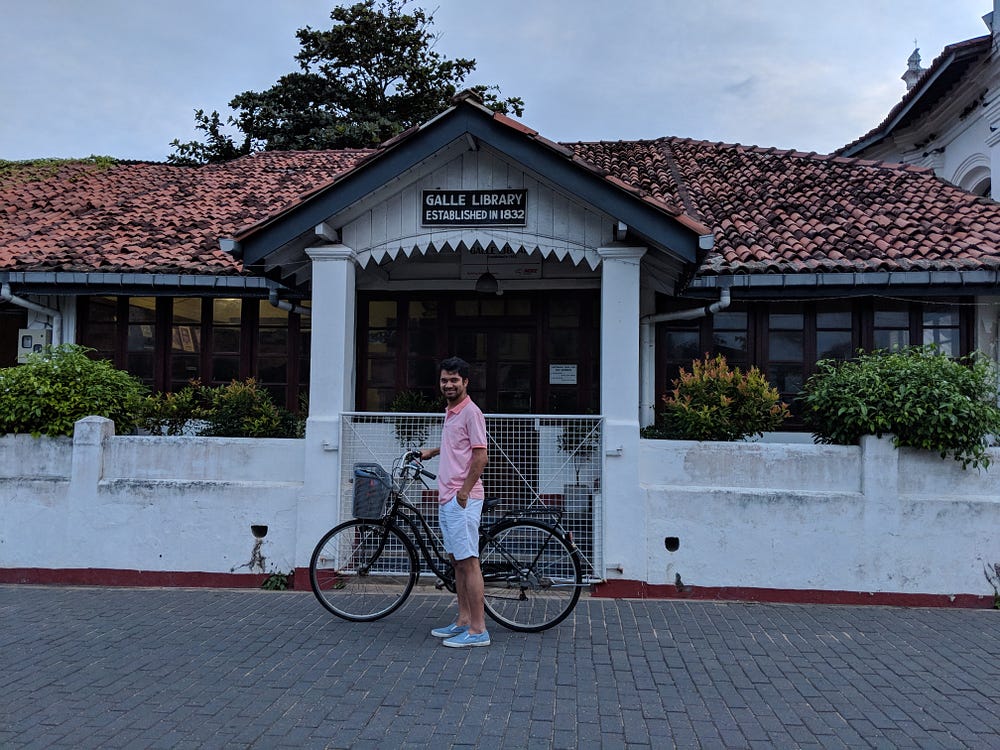
We stayed in Galle Fort for only a night. To make the most, we rented bicycles to go around the fort.
The Historical Mansion Museum
The Historical Mansion Museum in Galle is located within the Galle Fort. It is s privately owned by Abdul Gaffer who established it in a classic colonial Dutch house.

Entry is free, and the residents who work there to maintain the museum double up as guides, on request.
The museum also houses a gem shop where visitors can witness live embroidery presentations as well as the process of cutting and polishing sapphires.
The central courtyard is the highlight of the museum, where visitors can see various stone sculptures, Chinese porcelain items and several other objects from the colonial past.Given the smooth amalgamation of eras inside the fort, we stumbled upon the Contemporary Gall Fort Art Gallery.
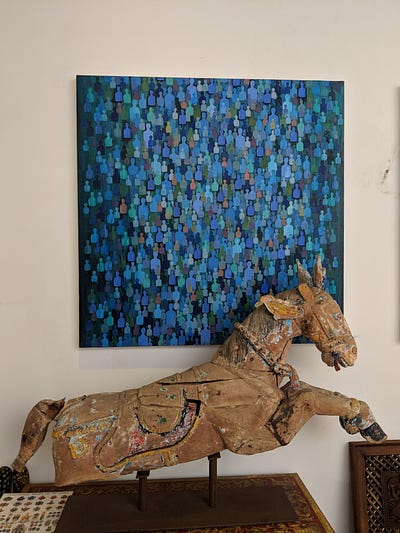

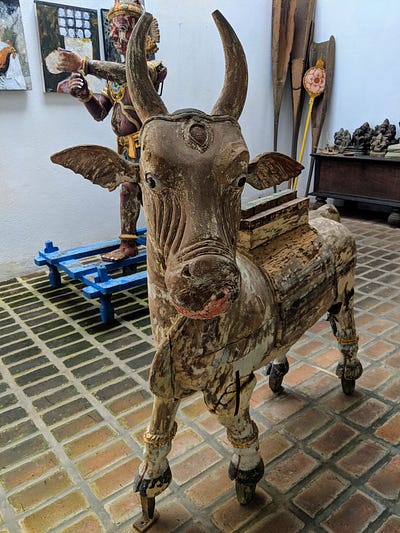
The lighthouse and the clocktower
The oldest light-station of Sri Lanka is located inside the fort and provides a clear view of all ships entering the Galle Harbour.
Burghers, are a small Eurasian ethnic group in Sri Lanka descended from Portuguese, Dutch, British and other European men who settled in Sri Lanka and developed relationships with native Sri Lankan women.
The clock-tower was built in the memory of a Burgher doctor who had made significant contributions in the preservation of the fort during the British rule.
“This tower erected by public subscription to the perpetual memory of Peter Daniel Anthonisz (born in Galle) in testimony of his skill and benevolence in relieving human suffering. MDCCCLXXXIII”.
The clock was gifted by one of his grateful patients.
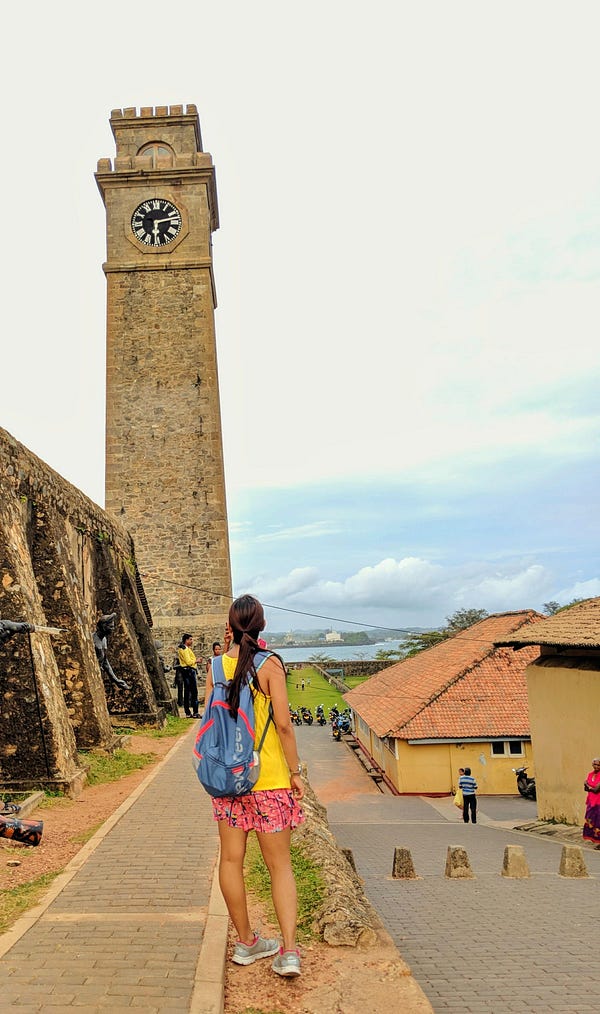
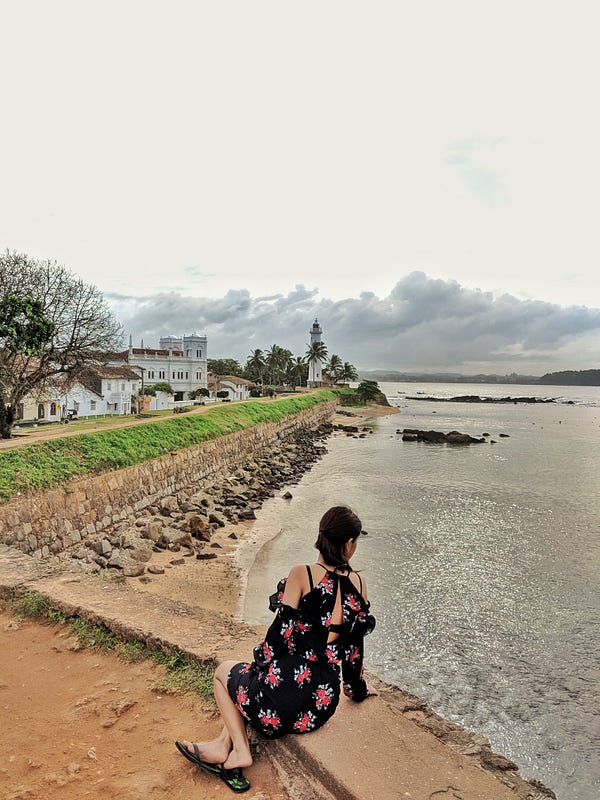
The Galle Cricket Club
We caught a glimpse of the reconstructed Galle Cricket Stadium from the walls of the fort.
During the 2004 Indian Ocean Tsunami, this ground was converted into a helipad and was the temporary shelter forthousands. The ground, which itself had been severely damaged because of the tsunami, was renovated in 2006–2007.
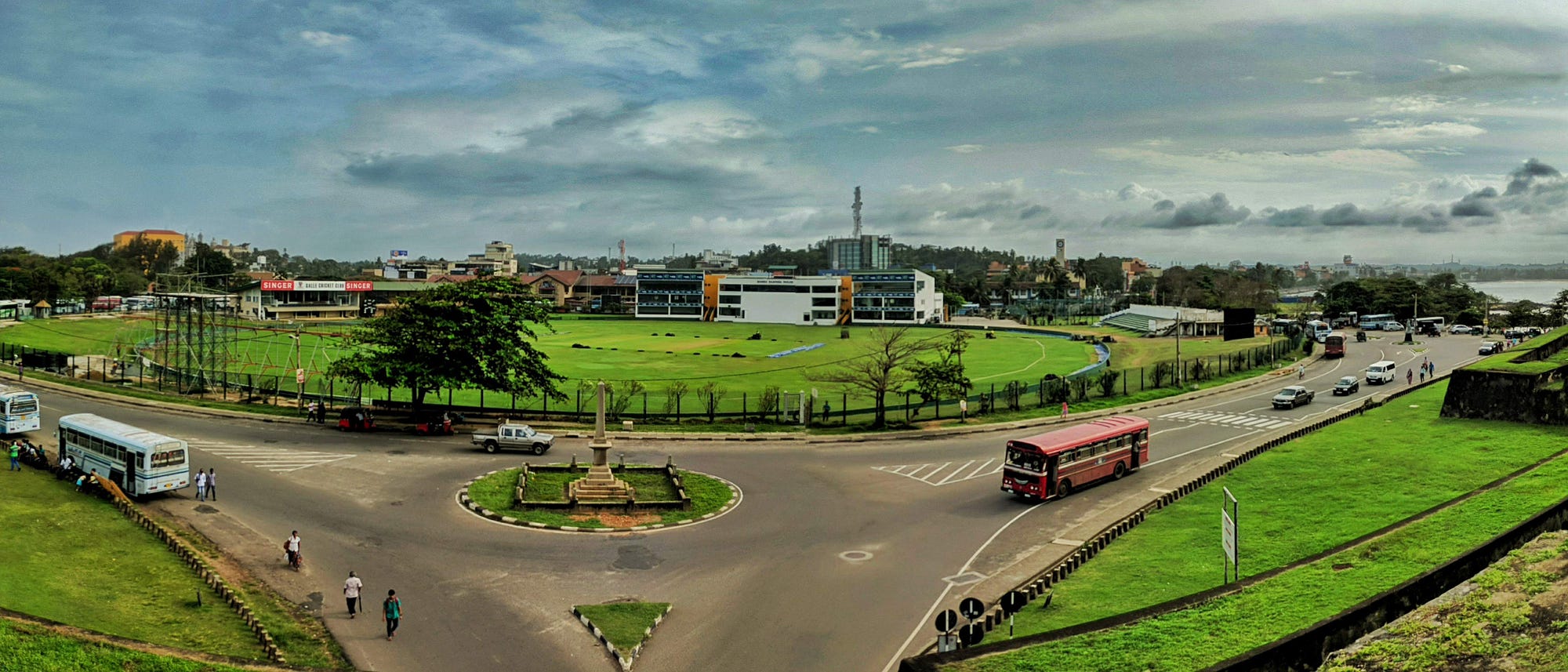
The Sri Lankan curries and exotic fruits
We had dinner at the “Lucky Fort Restaurant” which is famous for its 10-curry meals. Breakfast, the following day was a mix of exotic fruits and the roti sambol.
To Be Continued…….


